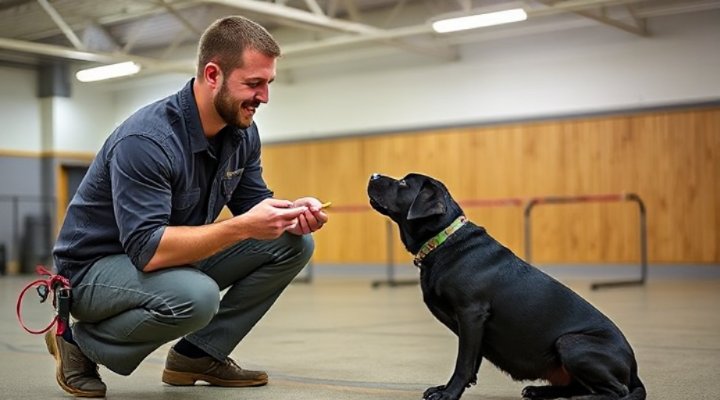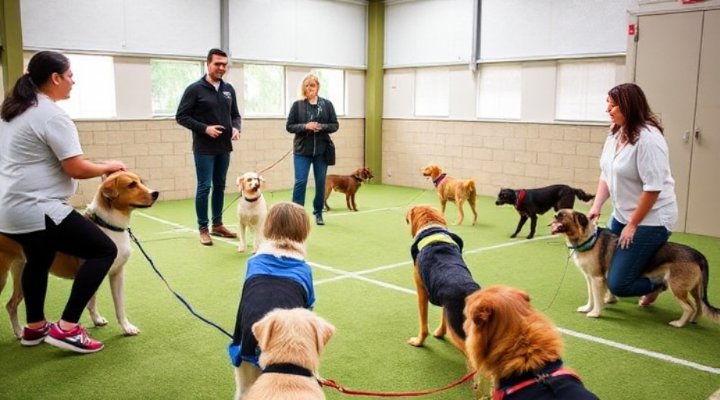Finding the perfect dog trainer for your furry friend can feel overwhelming, but it’s one of the most important decisions you’ll make for your pet’s well-being. A good trainer doesn’t just teach commands – they help modify behavior, build confidence, and strengthen the bond between you and your dog.

Understanding Different Dog Training Methods
Before selecting a trainer, it’s crucial to understand the various training philosophies available. Most professional dog trainers today use positive reinforcement techniques, which reward good behavior rather than punishing bad behavior. This method has been scientifically proven to be more effective and creates a happier learning environment for your dog.
Other approaches include clicker training, relationship-based training, and sometimes balanced training that combines different methods. The American Veterinary Society of Animal Behavior recommends positive reinforcement as the most effective and humane approach.

Positive Reinforcement Training
This method focuses on rewarding desired behaviors with treats, praise, or play. For example, when your dog sits on command, they immediately receive a reward. Over time, this reinforces the good behavior. I remember when I first tried this with my rescue dog, Charlie – the transformation in his confidence was remarkable!
Science-Based Training
Many modern trainers use techniques backed by animal behavior research. These methods understand how dogs learn and process information. The positive reinforcement training guide on our site explains these concepts in detail.

What to Look for in a Professional Dog Trainer
Credentials matter when choosing a dog trainer. Look for certifications from reputable organizations like the Certification Council for Professional Dog Trainers (CCPDT) or Karen Pryor Academy. These certifications ensure the trainer has met certain education and experience standards.
Experience with your specific breed or behavior issue is also important. A trainer who specializes in aggression will approach things differently than one who focuses on basic obedience. Don’t hesitate to ask for references or to observe a training session before committing.
For more on evaluating professionals, check out our article on finding dog behaviorists near you.

Red Flags to Watch For
Be cautious of trainers who:
- Guarantee quick fixes or 100% success rates
- Use harsh physical corrections or intimidation
- Don’t allow you to observe sessions
- Lack proper certifications or education
The Trainer-Pet-Owner Relationship
Remember that dog training is as much about teaching you as it is about teaching your dog. A good trainer will involve you in the process and give you tools to continue training at home. After all, you’re the one who spends the most time with your pet!
Consistency between training sessions and home life is crucial. That’s why many trainers recommend obedience training that involves the whole family.

Setting Realistic Expectations
Behavior modification takes time. While you might see some immediate improvements, lasting change requires consistent practice. Work with your trainer to set achievable goals and milestones for your dog’s progress.
Alternative Training Options
If in-person training isn’t feasible, consider these alternatives:
- Online courses: Many certified trainers offer virtual training programs
- Group classes: More affordable and provide socialization opportunities
- Board and train: Intensive programs where your dog stays with the trainer
Our guide on puppy and crate training offers additional resources for at-home training.
Remember, the right dog trainer will make all the difference in your pet’s behavior and your relationship with them. Take your time, do your research, and trust your instincts when making this important decision.
Related Keywords: professional dog trainer, certified dog trainer, dog obedience training, puppy training, dog behavior specialist, positive reinforcement training, how to choose a dog trainer, dog training techniques
